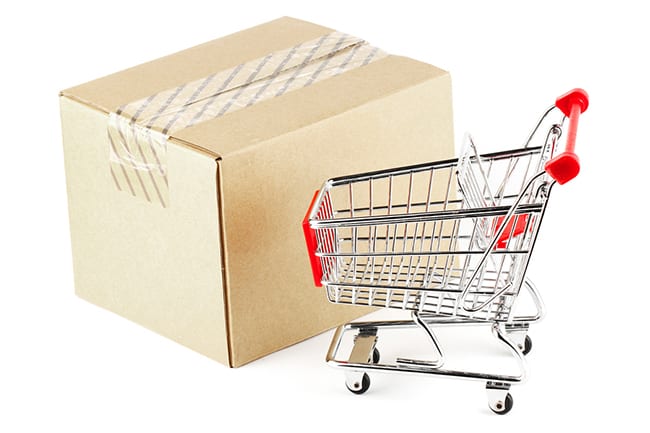DIY: 4 Expert Ecommerce Order Fulfillment Tips

Your customers want their orders shipped and delivered quickly and inexpensively, or you stand to lose them to your competition. So imbues a report that was published by Internet Retailer, which purports that two metrics are the one-all, be-all over anything else when it comes to ecommerce order fulfillment: speed of the fulfilled order and the swiftness of its delivery to the eagerly awaiting customers.
The report followed a trend that was tracked by the Innotrac SmartHub Benchmark study, which analyzed over 120 different popular e-retailers to see how their stats stacked up. The study found that over 66% of orders were delivered within three days, amounting to happy, satisfied customers. 22% of orders arrived in four days, and the rest were five, six and seven days spread out, with the lowest metric being an order delivered beyond seven days (2%).
By and far, shoppers desire a few things that will make or break their loyalty to your online store, and ultimately that can disrupt retention: an easy checkout process, fast order fulfillment, quick delivery of shipped items (within three business days), low shipping costs, and a generous return policy.
Follow this itinerary, and you can enjoy greater and further-reaching, longer-lasting ecommerce successes. But it all starts with your ecommerce order fulfillment process. The pack and ship process need not be nearly as complicated as you might suspect. Since a vast majority of ecommerce stores these days are mom and pop businesses, we’ll focus on how you can use a few of the do-it-yourself steps offered in this blog to better improve your fulfillment process to meet these biding benchmarks.
1: Get Into Your Routine
Keeping up with your ecommerce orders is all about the routine that you implement. Without a daily routine, you will be struggling to match pace with the rate of your orders.
- Dedicate several periods of the day to fulfilling your orders.
- Make an ecommerce order fulfillment checklist and stick to it.
- Assign order fulfillment processes to your slowest times of the day to make the most of your schedule.
- Don’t get behind on fulfillment. Your customers come first. Fulfill orders before taking a break, having lunch or taking that conference call.
2: Focus on Focusing
Most e-retailers run their own businesses. The truth is that focusing when you are not in a conventional workplace can be hard for many people. You have to crack the whip over your own back in this regard.
- Work during the hours that are most beneficial to you. If that means that 10 am to 10 pm are your best hours, then so be it.
- Create a list of things that you need to get done each day. Consider using checklist apps to help you better manage your daily to-do list.
- Set goals and meet them before you take any breaks throughout the day.
- Set alerts for your inbound orders so that you can tackle fulfillment as soon as possible.
3: Make Sure You Have the Tools You Nee
You can’t very well be shipping out dozens of orders each day if you don’t have the tools that you need to do so. Make sure that you have the supplies and packaging materials that you need well in advance. If you, for example, utilize USPS Priority Mail for your outbound shipments, you will want to make sure that you have the boxes and supplies before you tackle your ecommerce order fulfillment processes for the day.
- Check on the status of your supplies throughout the day.
- Set reminders to order more supplies when you are running low.
- Make sure that your pack and ship area is well organized and prepared for your order fulfillment process.
- Print necessary shipping labels in advance and expedite your prepped packages in their own space to avoid ship order errors.
- Organize your inventory using inventory management systems and an effective logging process in your storage area.
4: Improve The Process
This is a rather far-reaching statement, and it can apply to your process from the top to the bottom. Organization and efficiency are the keys to your success. So how can you go about assuring that your fulfillment process is as well managed as is possible? These tips can help.
- Integrate automation: Rely upon software applications that integrate with your shopping cart to fully track inventory, and to better manage returns, orders, shipments and even accounting processes.
- Track your inventories across the board: If running multiple online stores, track your inventories throughout your different platforms in real-time. This will avoid you ever having to post “out-of-stocks” or having to rescind orders from eager customers because of a poorly managed inventory. What’s more is that you can also know when to reorder any low inventories before they run out.
- Shipping process: Use software integrations that can help you ease your shipping processes and that can enable you to print electronic postage that you can affix to your outgoing packages with no need for a lengthy trip to the post office.
- Tracking: make sure you have an efficient system for tracking packages and updating customers with their orders in place, so that you don’t get bogged down with support emails that dig into your day.
Share On:








